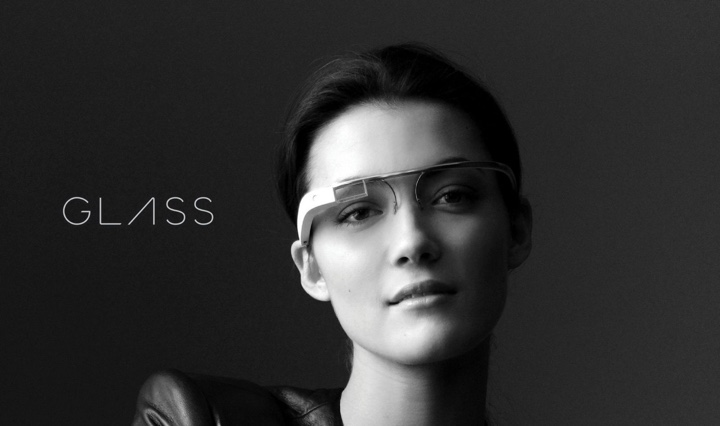
I’ve been fascinated by this story ever since John Carreyrou started untangling its web of lies a few years ago. His book “Bad Blood” came out last year. ABC’s multi-part “The Dropout” podcast was released earlier this year. A new documentary airs on HBO tonight. And at some point in 2020 there’s a movie with Jennifer Lawrence playing Elizabeth Holmes.
You can see it as a story about a misunderstood genius who, against all odds that the heavily regulated environment threw at her, tried to push for a tremendous innovation in the field of blood testing. You can also see it as a story about a misguided idealist who was willing to lie through her teeth as her carefully crafted house of cards started collapsing with absolutely nothing she could show the world – or even her investors – that could back up her crazy dream.
We need the crazy innovators who are not willing to play by the rules of old industries. But we also need some educated adults in the room that should provide guidance on why those, perhaps outdated rules, are there to begin with.

There was a time, just eight short years ago, when so-called tech pundits argued, vociferously and tirelessly, that a 3.5″ size is the perfect one for all-screen phones, and anything above that is a wrong industrial design decision that can only come from throwing ideas against a wall and seeing what sticks. Thing is, the billion or so consumers of smartphones have spoken strong, and these days one would be hard-pressed to find a decent flagship that is under 5″.

Here’s another thought. It’s easy to dismiss certain explorations in consumer electronics these days, especially a few years after the fact. One can write articles after articles that disparage every single device out there (apart from those made by your favorite company, of course), and build a reputation of being a fearless, analytical mind. Every once in a while you might also throw in random concept “designs” that show your own ideal hardware assemblage, no matter how infeasible some details might be from the hardware perspective. No worries, it’s the pretty pictures that count.
And then, a few short months later you get to write another article or two after seeing the next wave of flagships that are, apparently, “disappointing” because they didn’t quite match that fairytale concept that was shared in your circles, building up the anticipation to something that was never quite promised by the companies that are right there, in the middle of actually doing things.

Every once in a while you also get to link back to what you wrote some time ago, and pride yourself on being the astute judge of a certain piece of exploration. “You see,” you humbly write to the adoring masses, “I was quite right back then when I said that it would not go anywhere“. No matter that you had no real skin in the game. No matter that you take the anecdote of your own reaction and misinterpret it as an unmistakable sign of your deep acumen. “If only they listened to me back then” you sigh contentedly, leaning in to type yet another click-baity “opinion” piece about the first iteration of a brand new thing that is not quite up to your “visionary” standards. “But what is the job that this accomplishes?” cry you, with a satisfied smirk on your face. You know that if you don’t see one, it surely must be quite pointless to bring that device to market.
Evolution of technology in general, and of devices in particular, is not a straight path. It’s not even a path per se. It’s a patchwork of exploring weird ideas that might not lead you anywhere, back-tracking to revisit what was once infeasible but may now be quite within your reach, and not being afraid to put all kinds of ideas out there for the world of consumers at large to sample, try and, ultimately, vote with their wallets on.

Photo by Daniel Cheung on Unsplash.
From this broad survey of growing up when your parents are obsessed over documenting your every step on social media:
Cara and other tweens say they hope to lay down ground rules for their parents. Cara wants her mom to tell her the next time she posts about her, and the 11-year-old would like veto power over any photo before it goes up. “My friends will always text or tell me, like, ‘OMG that pic your mom posted of you is so cute,’ and I’ll get really self-conscious,” she said. Hayden, a 10-year-old, said he realized several years ago that his parents used a dedicated hashtag including his name on photos of him. He now monitors the hashtag to make sure they don’t post anything embarrassing.
Once kids have that first moment of realization that their lives are public, there’s no going back. Several teens and tweens told me this was the impetus for wanting to get their own social-media profiles, in an effort to take control of their image. But plenty of other kids become overwhelmed and retreat. Ellen said that anytime someone has a phone out around her now, she’s nervous that her photo could be taken and posted somewhere. “Everyone’s always watching, and nothing is ever forgotten. It’s never gone,” she said.
It’s a rather fascinating time that we live in. On one hand, this is the first generation of kids whose lives are being documented in public – or semi-public – ways, all without their direct involvement in these decisions. And on the other hand, this might also be the first and only generation of parents for whom the immediacy of about what is happening in their daily lives – most of which revolves around their kids – is only one step away from sharing those moments, no matter how big or small they are, on the latest hottest social platform.
There’s this observation that certain parental approaches skip a generation. If your parents were strict with you in a certain area, you may probably grow up and be quite hands off in that area with your own kids – trying, in a way, to make up for what you consider to be a “lost” part of your childhood. And then those kids take it back to the other extreme again.
Makes me wonder if today’s generation of tweens and those who will become tweens in the next five-ten years will be much more reserved about creating those public digital trails of their own kids…
I don’t think I’ll see self-driving cars in the next 20 years (see here for my definition of what a self-driving car is).
I don’t think I’ll see general artificial intelligence in the next 20 years. The sort of general AI that can distinguish between what it means when you drive a car and see a soccer ball bouncing into the street, and see a empty plastic bag floating into the street. The sort of general AI that can understand that the former has a much higher chance of a small kid running into the street to chase that ball. The sort of general AI that we would need for that self-driving car utopia.
But I am 99% certain that in the next 5 years Amazon will have a fully automated warehouse that does not have any human presence on the floor. I keep on thinking about how “I, Robot” portrayed fully automated highway traffic at 180+ mph with barely any space left between vehicles. And I keep on thinking how much money Amazon will be able to shave off of every single physical purchase when they remove the last human operator from that chain. Except for the delivery vehicles of course. I don’t for a second believe that we’ll see automated delivery of any sort, be it ground vehicles or drones, in the next 20 years.
At that point, it’s pretty much game over for anybody else in the retailer space. I don’t think that anybody else – be it Walmart, Target, Home Depot, Office Depot, JC Penney etc – has the right blend of warehouse coverage and technological research into warehouse automation. And how likely is it that Amazon would be willing to share that automation technology with their competitors?
Of all the individual tech stocks that we own, I am by far the most optimistic about Amazon.
![]()